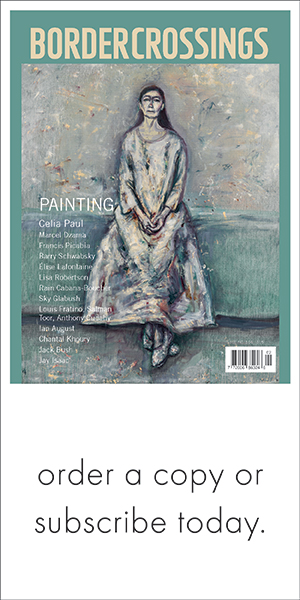In the early 1990s, after 14 years at The Globe and Mail in Toronto, Vivian Smith moved with her husband to Victoria, where he opened the newspaper’s first bureau in the city. There was no job for her. Her bosses would not permit her to work part time during her husband’s five-year deployment as bureau chief because that would set an unthinkable precedent. Instead, the former national beats editor and feature writer stayed home, raising their two children and freelancing for one third of her former salary. She rationalized the loss of a challenging career and a national platform with the consolation that she now had flexibility and more family time. Eventually, like so many female journalists whose career trajectory has stalled, she taught journalism, coached writers and offered media training to professionals. But she could not stop asking herself what happens to the sociopolitical agenda when daily print journalism loses so many...
Mary Janigan is a member of The Globe and Mail’s editorial board. She has won the Hy Solomon award for public policy journalism.

